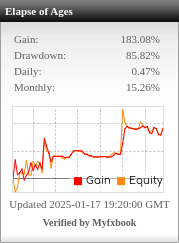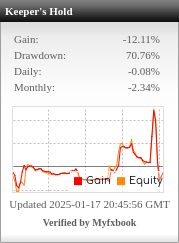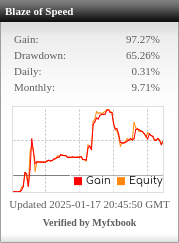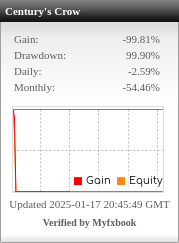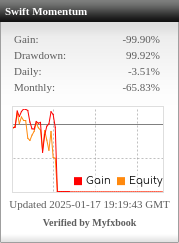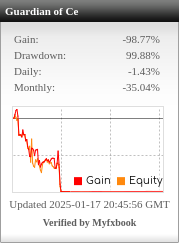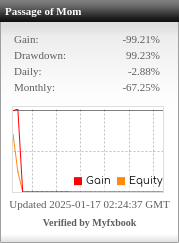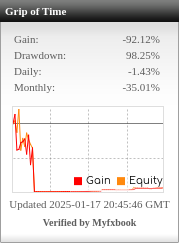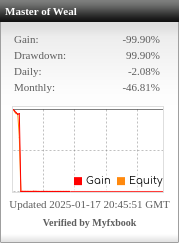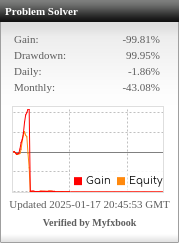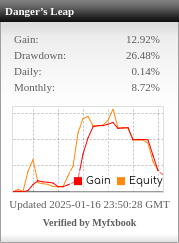Table of Contents
Let’s simplify things by using the signals you already have in your system. Here’s a strategy you can set up with your available indicators:
“Simple Trend Momentum Grid Strategy”
Objective:
This strategy will capture both trend-following and breakout moves with simple signals, using indicators already present in SQX.
Key Components:
- Primary Indicators:
- ADX: For confirming strong trends.
- MACD: For detecting momentum and direction.
- RSI: To help with overbought/oversold levels.
- ATR: For volatility-based risk management.
Strategy Setup in SQX:
1. Entry Signals
- MACD Crossover: Enter a buy when the MACD line crosses above the signal line, and enter a sell when the MACD line crosses below the signal line.
- ADX > 25: Confirm that the market is trending before allowing an entry.
- RSI Confirmation:
- If RSI > 70, avoid buying (overbought signal).
- If RSI < 30, avoid selling (oversold signal).
How to Set It Up:
- In SQX, use Entry Conditions with MACD crossover as the trigger.
- Add an additional filter where ADX > 25 to confirm trend strength.
- Add RSI as a filter to avoid extreme market conditions.
2. Exit Strategy
- Take Profit and Stop Loss: Use ATR-based levels. For example:
- Take Profit: 2x ATR(14).
- Stop Loss: 1x ATR(14).
- Trailing Stop: Trail the stop loss based on ATR, moving the stop higher/lower as the trend progresses.
- Exit by Time: Close all positions every Friday at 23:30 to avoid weekend gaps.
How to Set It Up:
- In Exit Conditions, define take profit and stop loss levels based on ATR values.
- Use the Trailing Stop function with ATR.
- Set a rule in Exit Conditions to close all trades at a specific time on Friday.
3. Risk Management
- Use Lot Size: 0.01 lots per $100 of the account balance.
- Risk %: Define risk management to ensure that no more than a specific percentage (e.g., 1%) of the total capital is risked on each trade.
How to Set It Up:
- In SQX, use the Money Management tab to set the lot size and risk percentage.
4. Grid Layer (Optional)
- If you want a grid layer to capture additional profits, set up pending orders at regular intervals around the current price (e.g., every 10 pips) with small lot sizes.
- You can also adjust the grid based on market volatility using ATR.
Final Setup Steps:
- Backtest: Use your M1 data over the 20-year range to evaluate how the strategy performs.
- Optimize: Fine-tune the parameters like ATR multiples, grid intervals, and trailing stops for the best results.
- Out-of-Sample Testing: Ensure that your strategy performs well in unseen data to confirm robustness.
This simpler approach will help you use the signals you’re familiar with while maintaining solid trend-following and risk management.


